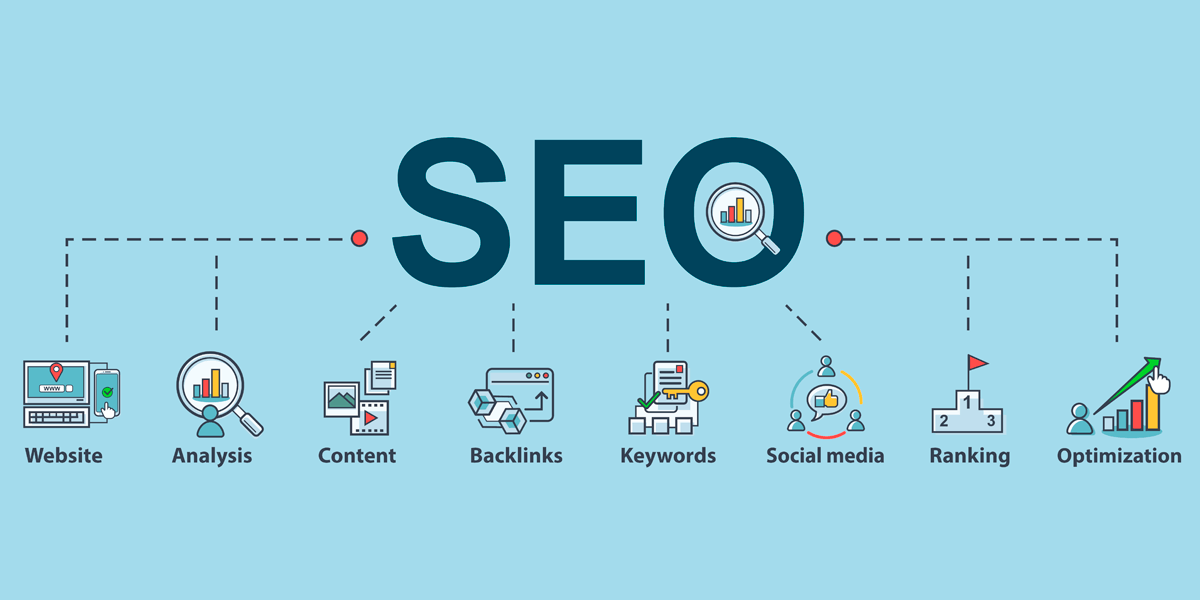Comprehensive Overview to What Is Not Considered a Default Medium in Google Analytics
Comprehensive Overview to What Is Not Considered a Default Medium in Google Analytics
Blog Article
Thinking Outside package: Leveraging Unique Mediums to Maximize Google Analytics Performance
In the world of electronic advertising, the mission for boosted Google Analytics efficiency has actually come to be a strategic critical for services seeking to improve their online visibility. By discovering unique tools as methods of information collection, a new realm of possibilities arises.
Distinct Data Sources

CRM systems, for instance, can offer insights into individual consumer interactions, purchase history, and choices, which can be incorporated with Google Analytics information to create even more personalized marketing strategies. Social media site platforms offer valuable information on user demographics, passions, and interaction metrics, permitting organizations to assess the efficiency of their social media projects and optimize web content for much better performance. Email marketing data, consisting of open rates, click-through prices, and conversion metrics, can also be leveraged to track customer involvement and habits past internet site interactions captured by Google Analytics. By leveraging these one-of-a-kind data sources, services can refine their methods, improve targeting efforts, and enhance overall Google Analytics performance.
Social Media Site Insights

Furthermore, social media sites analytics devices make it possible for services to track essential efficiency indicators, monitor project effectiveness, and gauge the influence of their on-line tasks. Comprehending the demographics of fans, recognizing preferred material themes, and examining engagement levels can aid services tailor their advertising and marketing approaches for much better outcomes.
Offline Advertising Combination
Incorporating offline advertising and marketing techniques with electronic analytics can enhance overall project efficiency and offer an extra comprehensive understanding of customer actions. what is not considered a default medium in google analytics. By bridging the gap in between online and offline efforts, services can track the impact of conventional advertising and marketing channels such as print advertisements, TV commercials, direct-mail advertising, and events on their online existence

Moreover, applying phone call monitoring systems for offline advertising activities makes it possible for organizations to capture important information on consumer queries generated through published advertisements or products (what is not considered a default medium in google analytics). By examining phone call data along with on the internet metrics in Google Analytics, businesses can get much deeper insights right into the client trip and enhance advertising techniques for better performance throughout all networks
IoT and Wearable Innovation
Using IoT and wearable innovation in digital analytics can reinvent information collection and consumer insights for companies looking for a much deeper understanding of user behavior patterns. Wearable technology, such as smartwatches or physical fitness trackers, can use insights right into customer tasks, wellness metrics, and even area information.
Gamification Techniques
The execution of gamification strategies in digital analytics presents an innovative approach to link boosting user interaction and driving actionable understandings for organizations. By integrating game-like aspects such as points, badges, leaderboards, and rewards right into the analytics user interface, business can inspire users to engage extra regularly and meaningfully with the information.
Gamification encourages customers look what i found to discover various attributes of the analytics platform, discovering useful insights that might have or else gone undetected. Via interactive challenges and progression tracking, users are incentivized to dive deeper into the information, causing enhanced time invested in the platform and a higher likelihood of uncovering crucial patterns or patterns.
In addition, gamification can cultivate a feeling of competition amongst users, spurring them to pursue greater efficiency and engagement degrees. This affordable spirit can drive boosted customer adoption prices and a much more comprehensive usage of the analytics tools readily available. Eventually, by leveraging gamification approaches in digital analytics, businesses can develop a much more productive and appealing atmosphere for customers, leading to even more educated decision-making and improved overall performance.
Conclusion
To conclude, leveraging non-traditional mediums such as distinct data sources, social media insights, offline marketing assimilation, IoT and wearable modern technology, and gamification strategies can maximize Google Analytics performance. By believing outside package and checking out these different sources of data, businesses can gain important understandings and boost their overall advertising and marketing strategies. It is very important for firms to continuously explore brand-new methods to gather information and examine it in order to remain ahead in the ever-evolving electronic landscape.
By incorporating information from sources such as consumer relationship monitoring (CRM) systems, social media systems, and e-mail marketing projects, organizations can acquire a more extensive understanding of their audience behavior and involvement patterns. Social media systems offer useful information on user demographics, rate of interests, and interaction metrics, enabling services to evaluate the efficiency of their social media projects and maximize web content for much better efficiency. By leveraging these unique data sources, businesses can improve their approaches, improve targeting initiatives, and boost total Google Analytics efficiency.
Exploring social media insights can give businesses with valuable data on individual demographics, rate of interests, and engagement metrics, allowing for informed decision-making and strategic optimization of marketing efforts. By thinking outside the box and discovering these different resources of information, organizations can get important insights and enhance their overall advertising and marketing methods.
Report this page